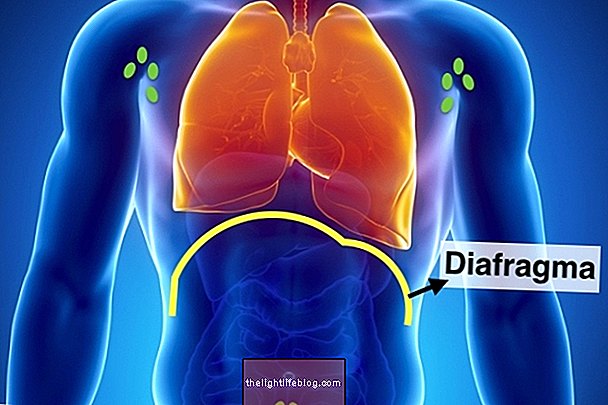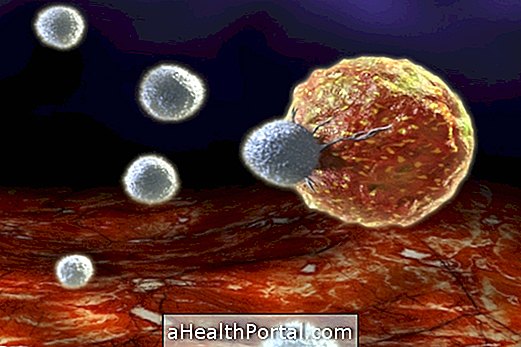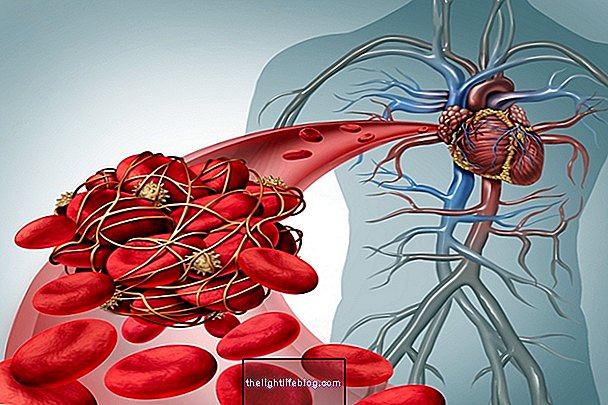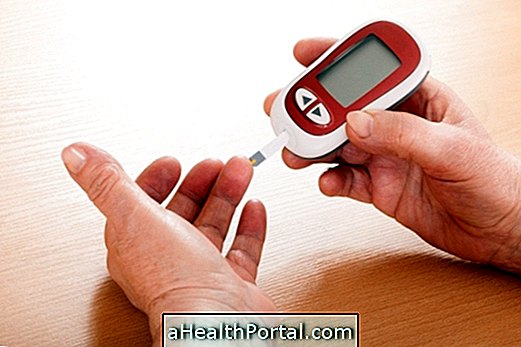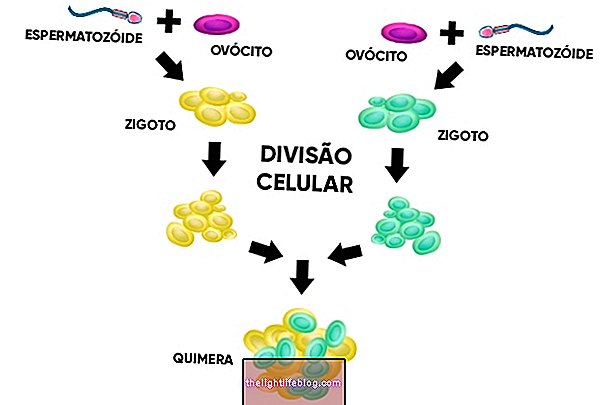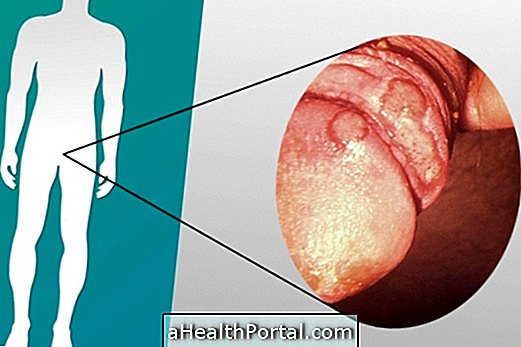The treatment for Multiple Sclerosis is made with medicines to relieve the symptoms and delay their evolution, as well as physical activity and physiotherapy, the latter, especially in moments of crisis, which are when the symptoms reappear, in order to make them be eliminated.
Multiple sclerosis is an autoimmune disease that has no cure and manifests itself through moments of outbreak-remission, which means that the disease may have symptoms such as numbness and tingling in the arm that may disappear completely or not. In some cases, the disease does not manifest itself through outbreaks, being progressive, always worsening and worsening of the general state of health and difficulty in mobility. In any case, it is always necessary to follow the treatment indicated by the doctor.
Remedies for Multiple Sclerosis

The remedies indicated for multiple sclerosis should be indicated by the neurologist after identifying the type of sclerosis that the person has, and may be:
- Medicines to slow the progression of the disease, such as Interferon, Fingolimode, Natalizumab and Aceta de Glatirâmer, which are offered by SUS;
- Corticosteroids to reduce the intensity and duration of seizures;
- Medications to control symptoms, such as analgesics, muscle relaxants;
- Antidepressants if the person has symptoms of depression.
In addition, there are also natural treatments, such as consumption of foods rich in vitamin D and therapies such as bee stings, acupuncture or acupressure, because they delay the development of the disease, decrease pain and increase muscle strength, improving the quality of life of the patient. However, these do not exclude the treatment indicated by the doctor, just supplement.
Overdosage of vitamin D may also be indicated as a remedy against Multiple Sclerosis. Learn more about this type of Vitamin D treatment here.
Physiotherapy for multiple sclerosis

Physiotherapy is indicated in times of crisis, when there is worsening of symptoms, causing difficulty in moving the arms and legs, lack of coordination of the motor, alteration of the sensitivity in the skin, muscular weakness or spasticity, for example.
Motor physical therapy is generally indicated to prevent muscle retraction, to combat numbness, to reduce pain, to strengthen muscles, and to train activities of daily living such as walking, brushing and combing the hair, according to the needs of the person.
Respiratory physiotherapy is usually more indicated at a later stage of the disease when the respiratory system is compromised. In this type of physiotherapeutic treatment small devices such as flutter, for example, can be used to strengthen respiratory muscles and release phlegm, but breathing exercises are also very important to facilitate breathing and make it more efficient, risk of suffocation.
Physical activity for multiple sclerosis

A person who has been diagnosed with multiple sclerosis needs to stay active and do physical activity regularly. Some exercises that may be indicated are:
- Walking;
- Slow running, jogging type;
- Ride a bike;
- Do localized gymnastics;
- Practicing Yoga, Pilates, especially the clinical Pilates;
- Water aerobics or swimming.
These exercises should be performed in a calm and calm environment with a pleasant temperature, because the heat favors perspiration, which aggravates the symptoms of multiple sclerosis. So be careful not to keep your heart rate too high, and not to raise your body temperature during physical activity.
Watch the following video and see other exercises you can do to feel better:

It is recommended to practice about 30 minutes of light or moderate physical activity daily, or practice 1 hour, 3 times a week, and separate 10 to 15 minutes of relaxation daily.
If during a physical activity the person feels panting, he should stop the exercise immediately and breathe deeply and quietly. The same is indicated if you feel the heart beating fast, shortness of breath, tiredness or sweating a lot.
Check out how to combat every symptom of multiple sclerosis here.
Signs of Multiple Sclerosis Improvement
Signs of improvement in multiple sclerosis include decreased symptom intensity, decreased fatigue, and restored coordination and muscle strength, allowing for better daily activities. This improvement can happen after starting the appropriate treatment, but the time taken to find relief from the symptoms is very individual because it varies from person to person.
Signs of Worsening Multiple Sclerosis
When treatment is started late or not done properly, signs of worsening of multiple sclerosis, which may include loss of vision, paralysis, memory loss or incontinence, may appear. In times of worsening the available treatments should be intensified but this is not guarantee that the symptoms can be totally contralados. In any case, physical therapy is a great help to improve the quality of life of the person.
Possible Complications
Many patients die due to respiratory complications due to advanced Multiple Sclerosis, in which case it is common that with respiratory muscle involvement and accumulation of secretions in the lungs arise diseases such as aspiration pneumonia, atelectasis or respiratory failure. Thus, it is recommended to practice exercise regularly for life, and always do physiotherapy to be able to breathe and move better.
The signs that can be alert are shortness of breath, difficulty in breathing, easy fatigue, ineffective and weak cough, if these symptoms are present the respiratory physiotherapy should be intensified with exercises that favor deep inspiration and forced expiration.



